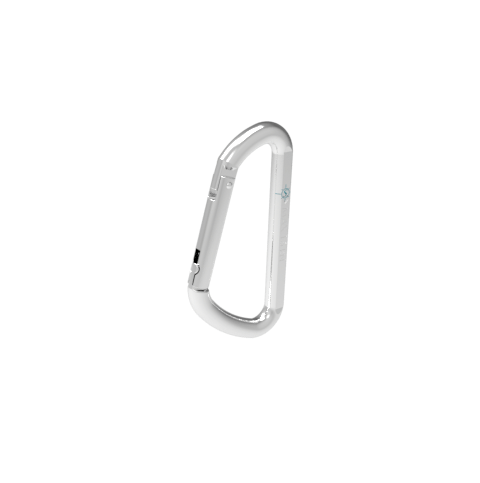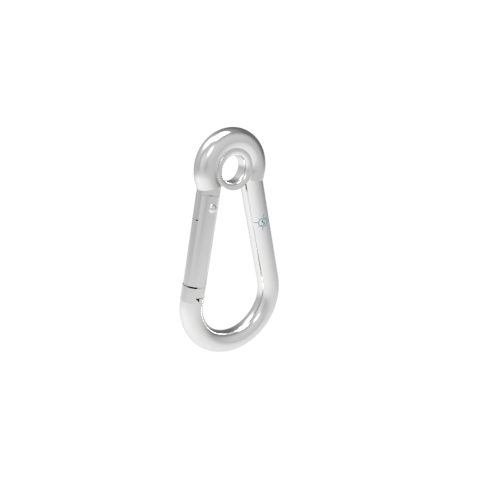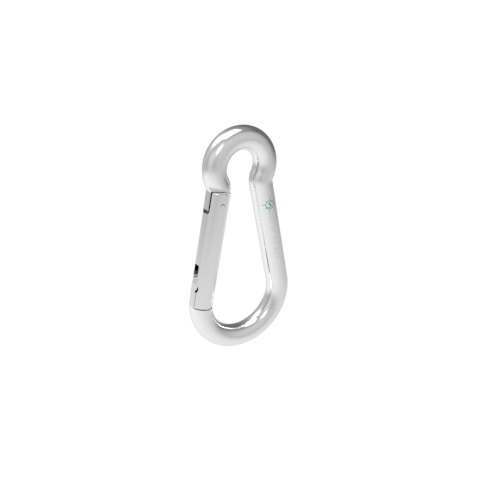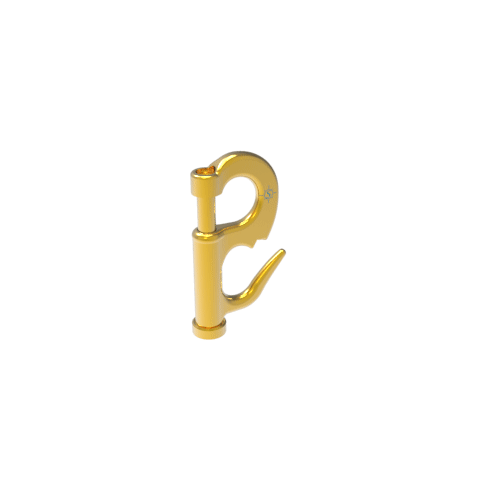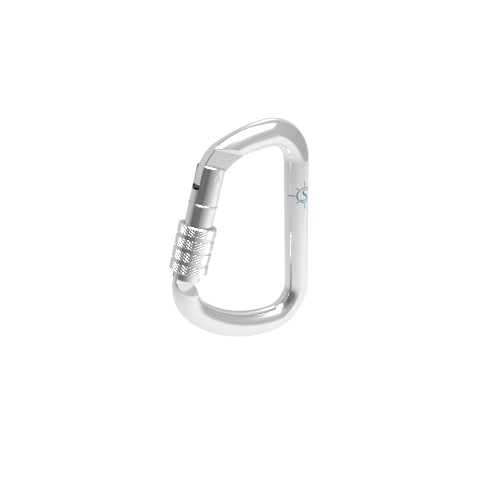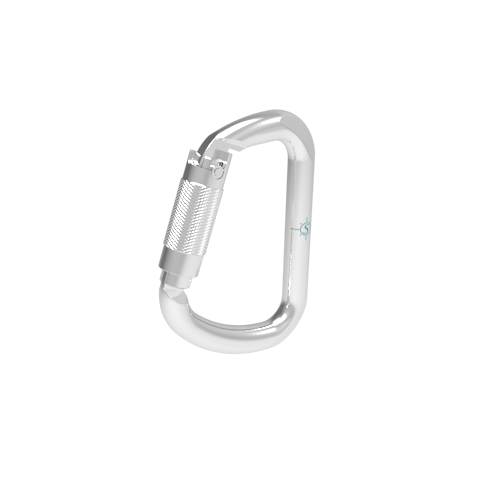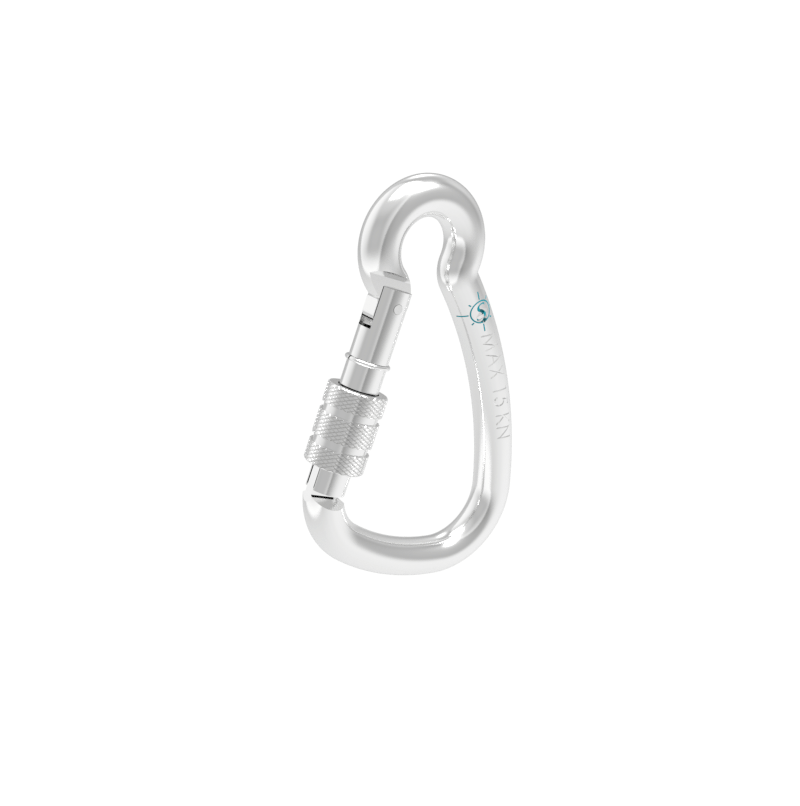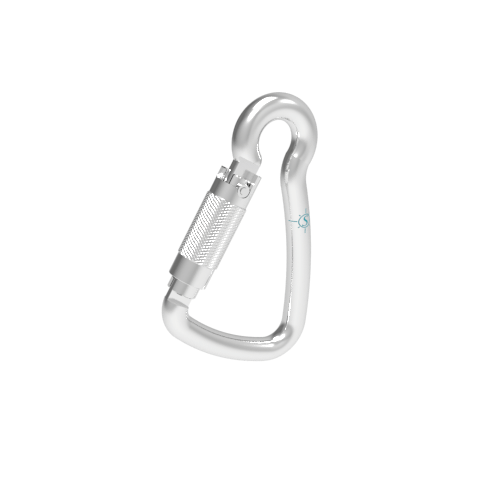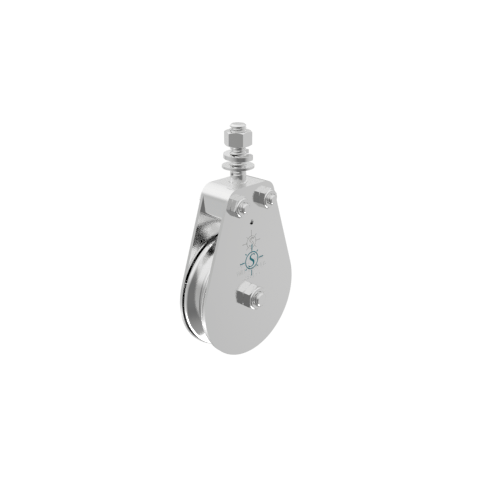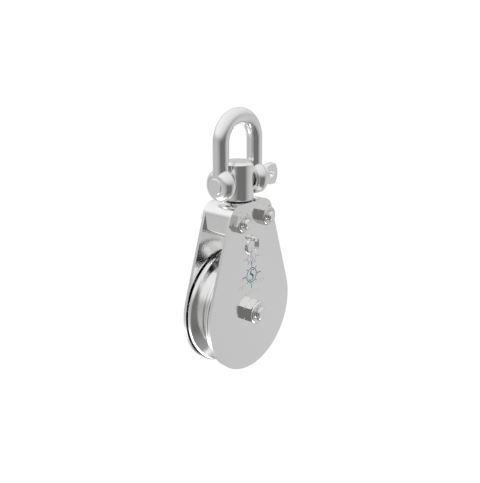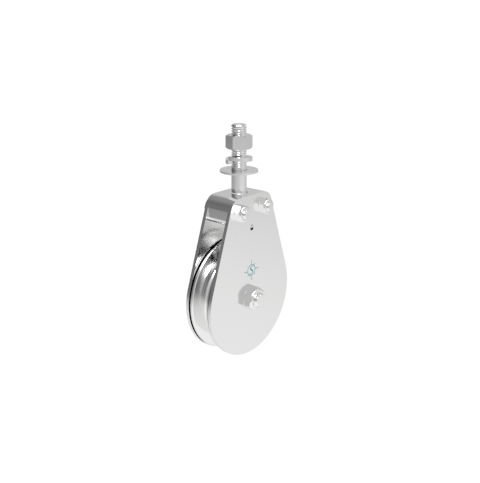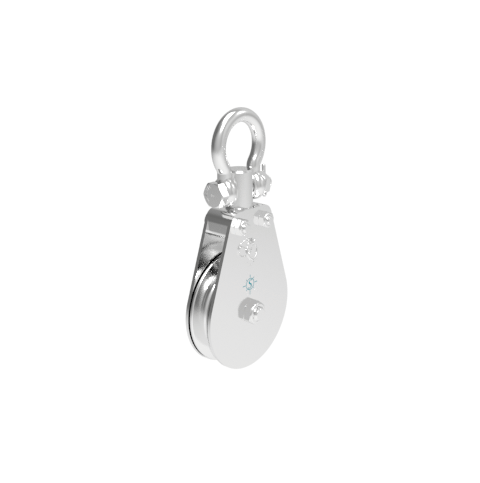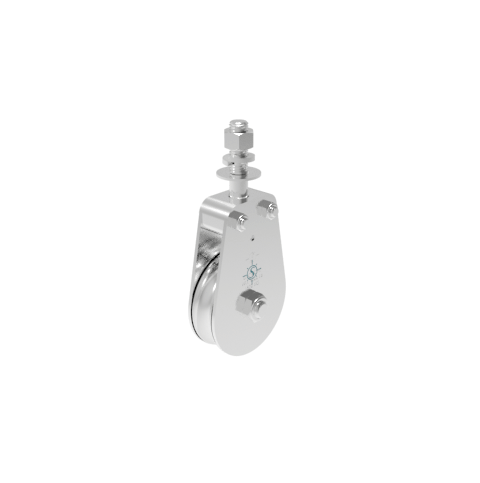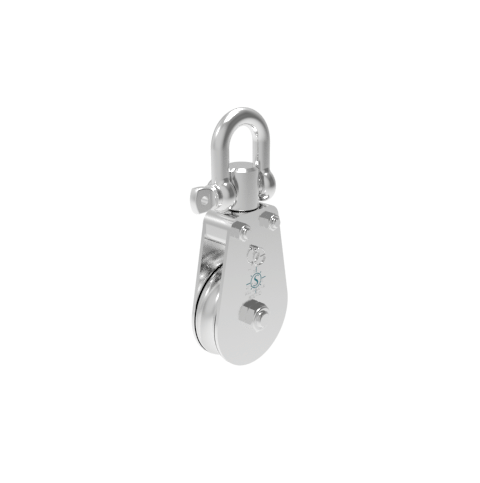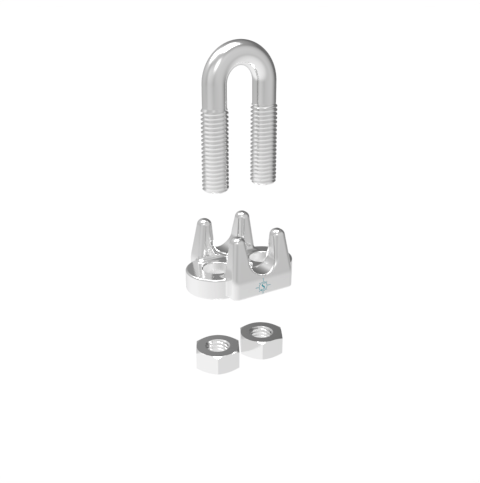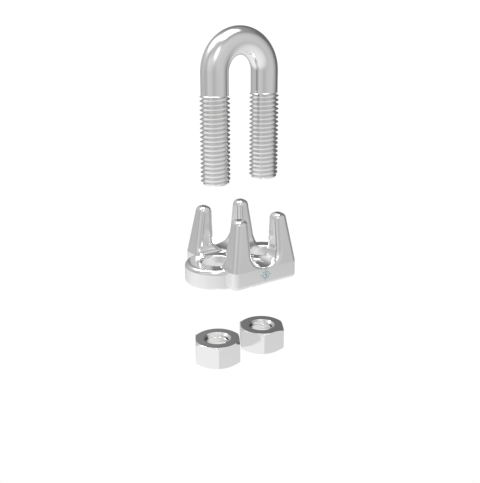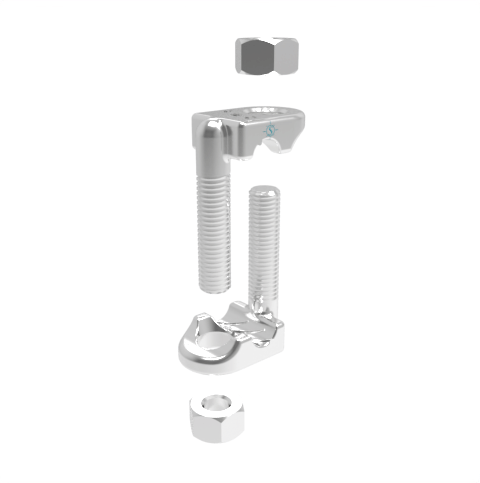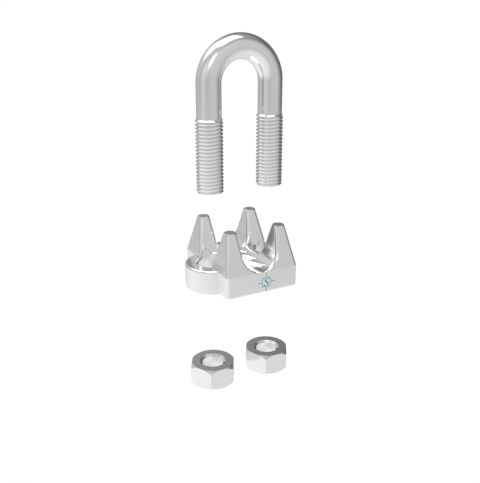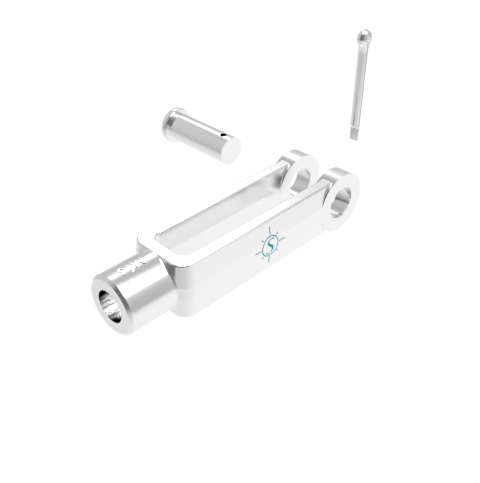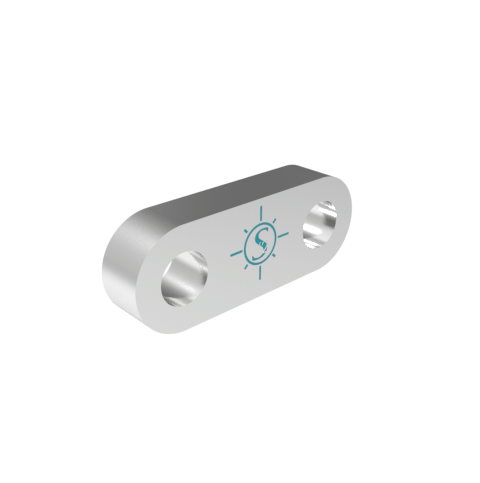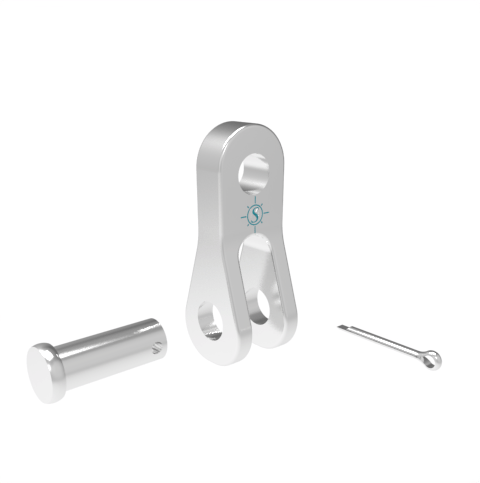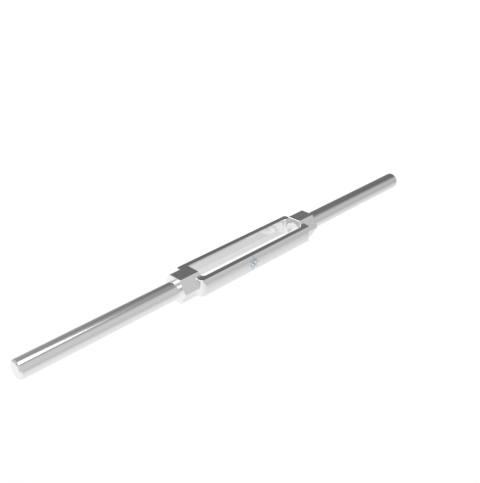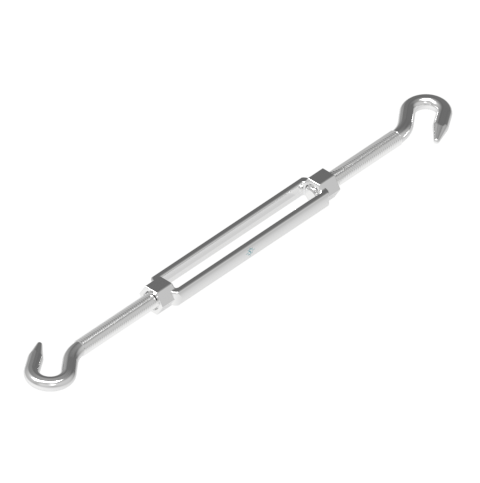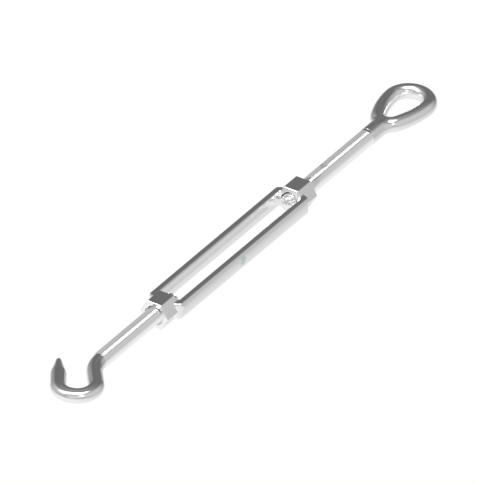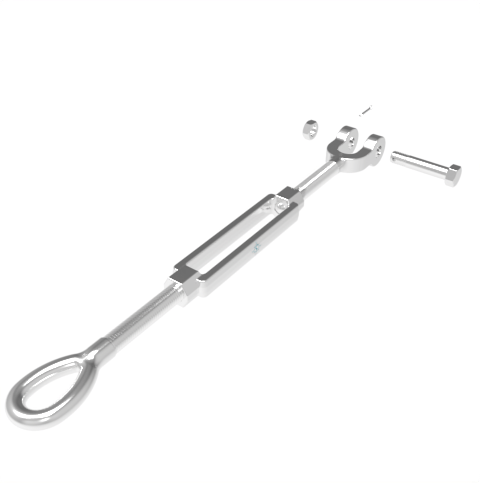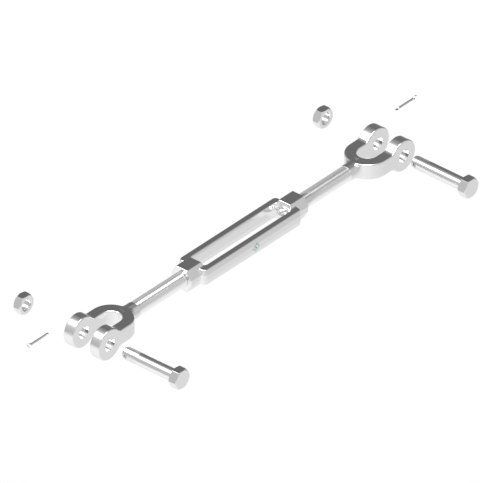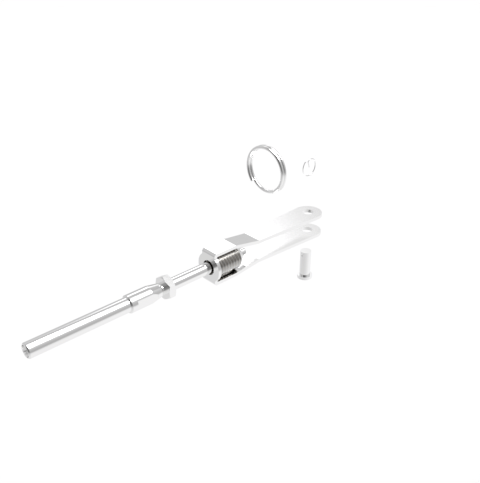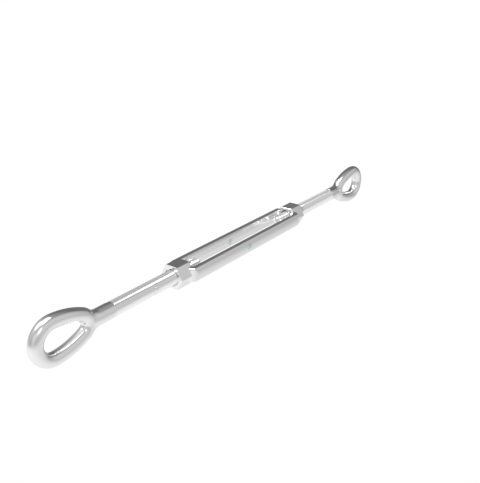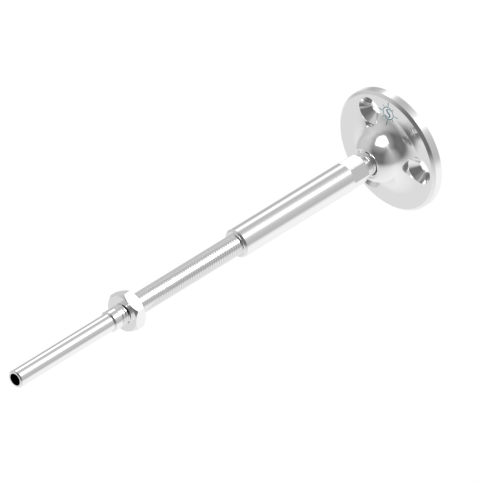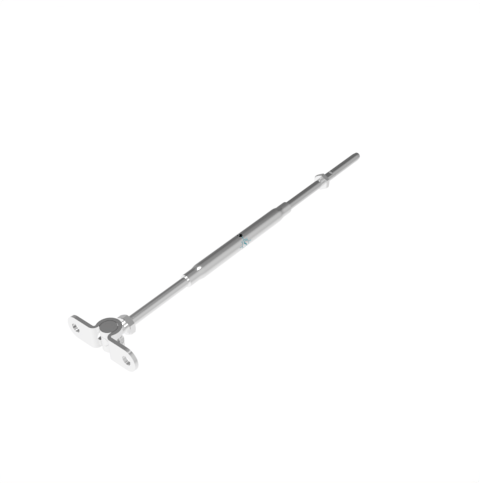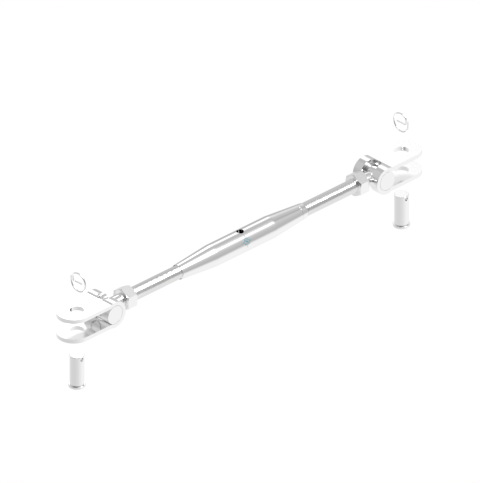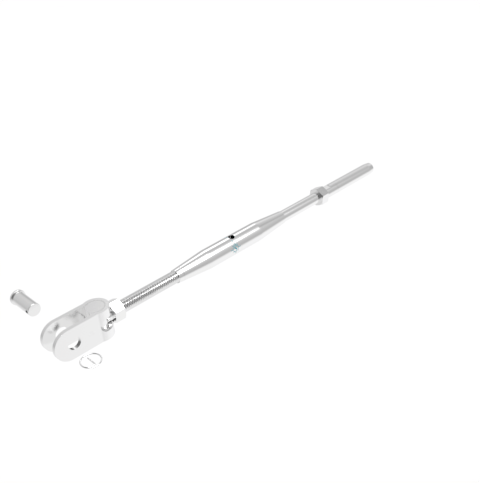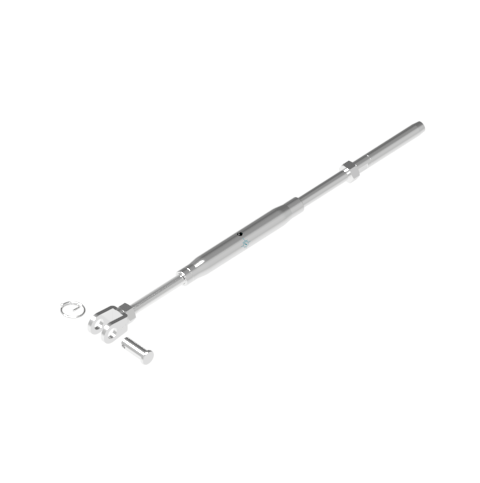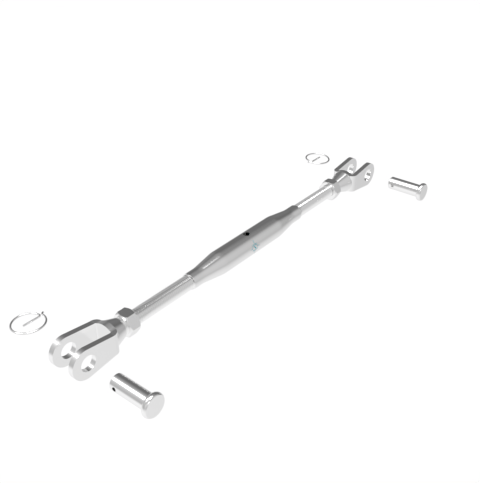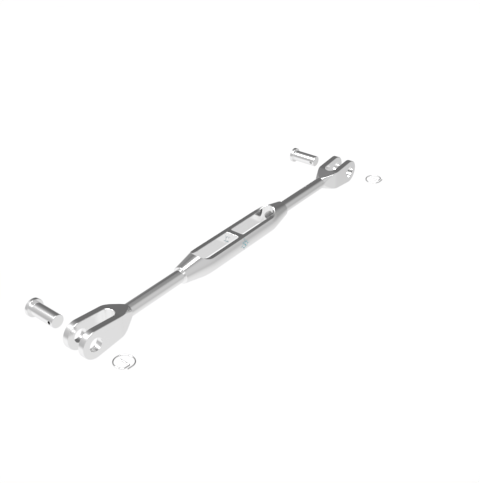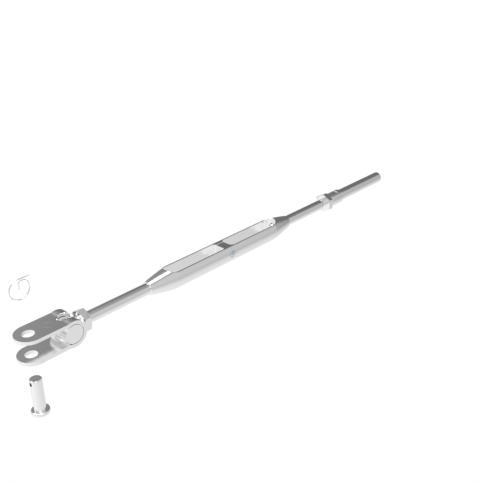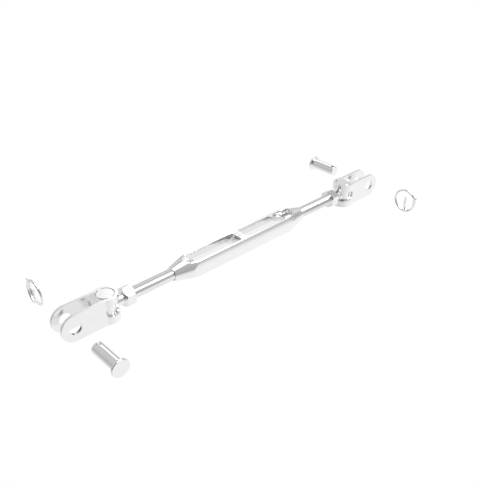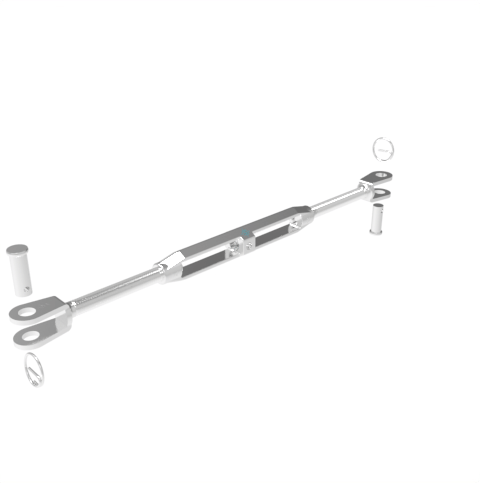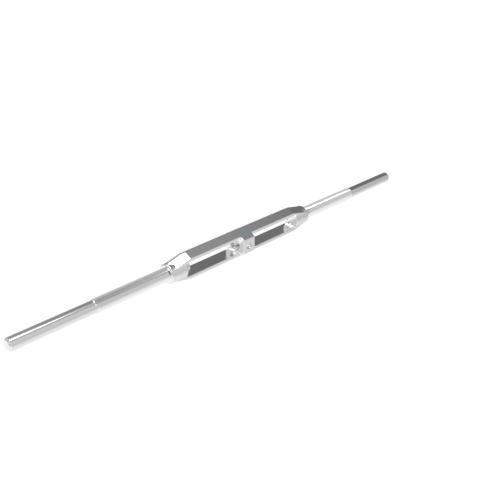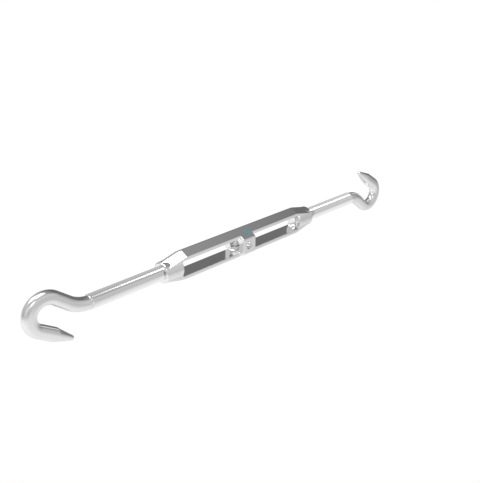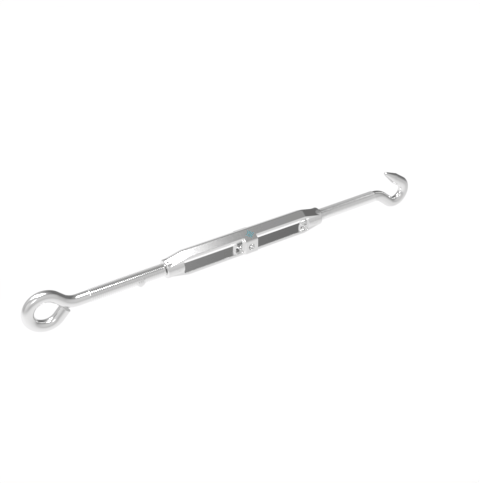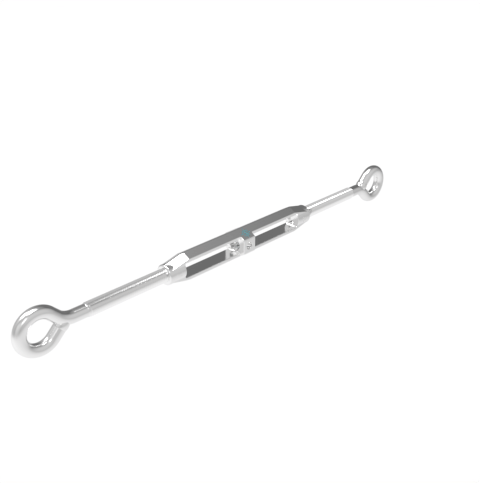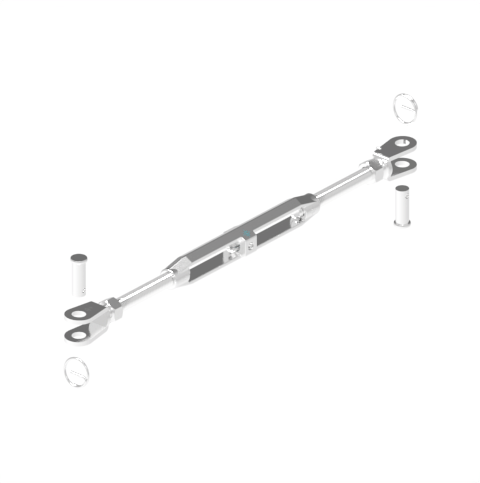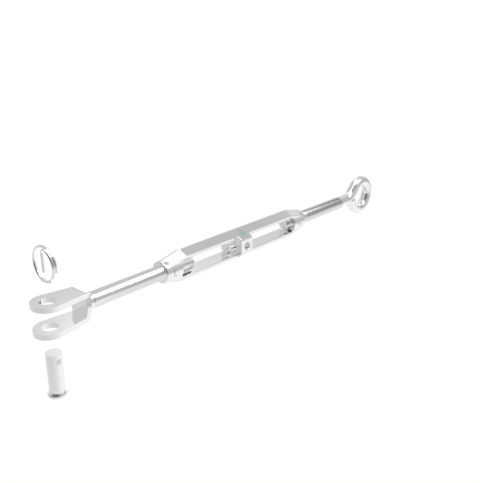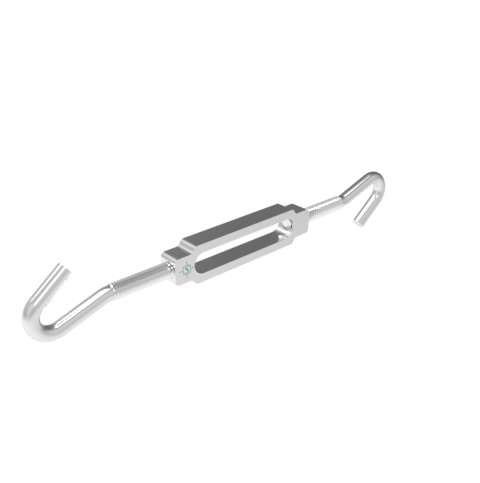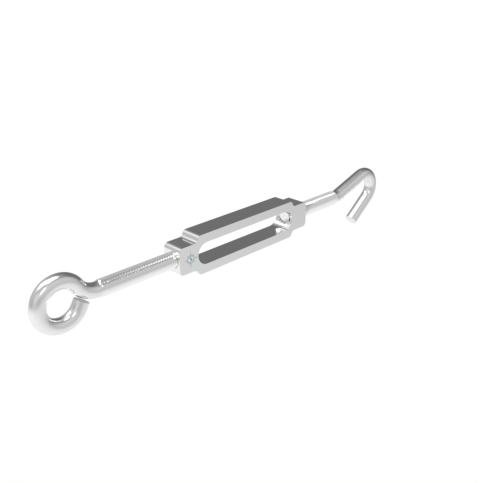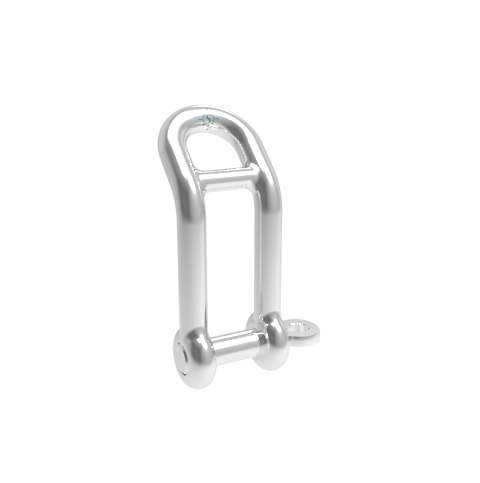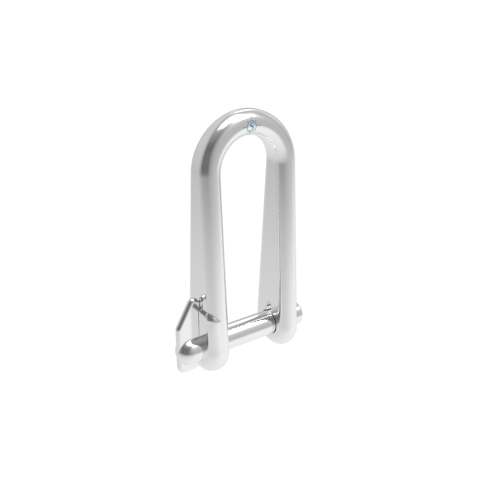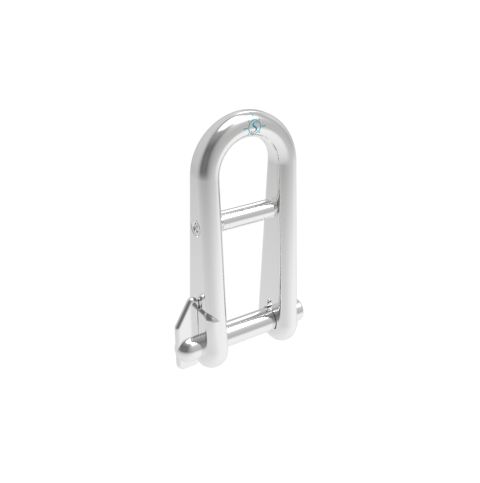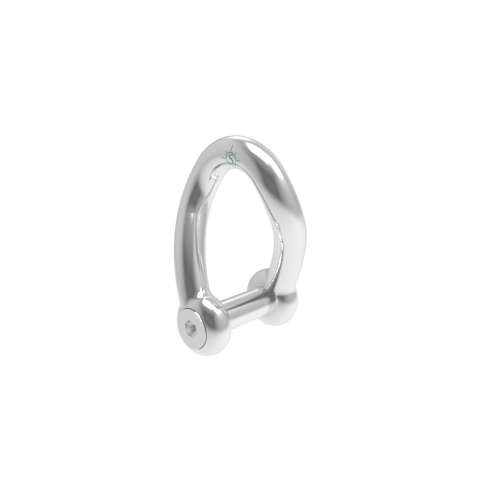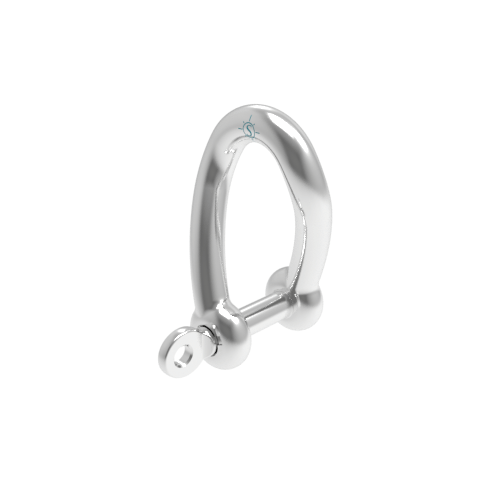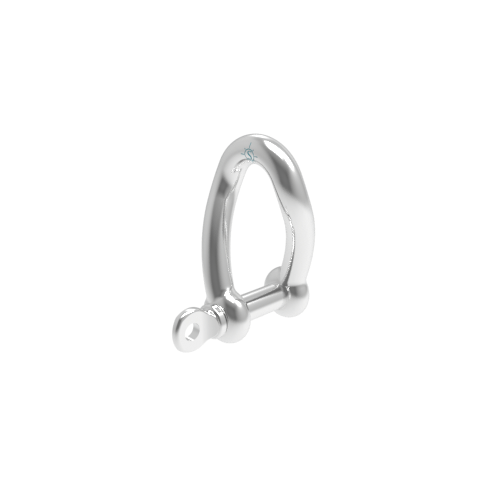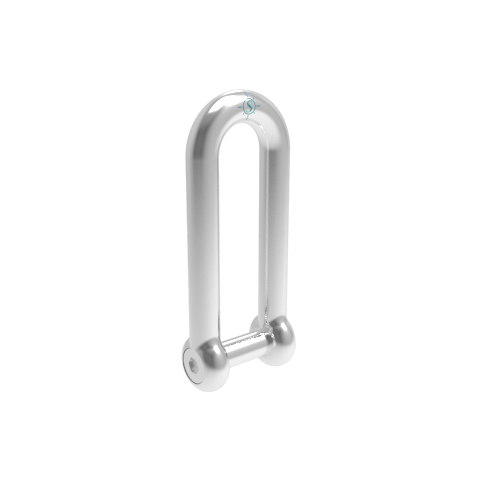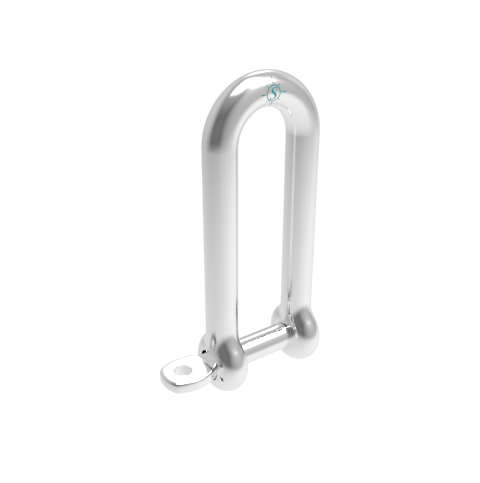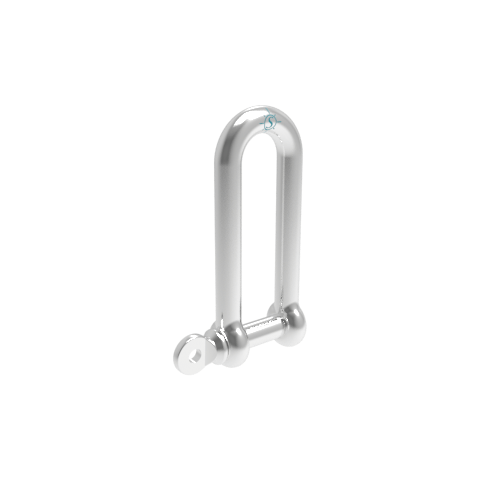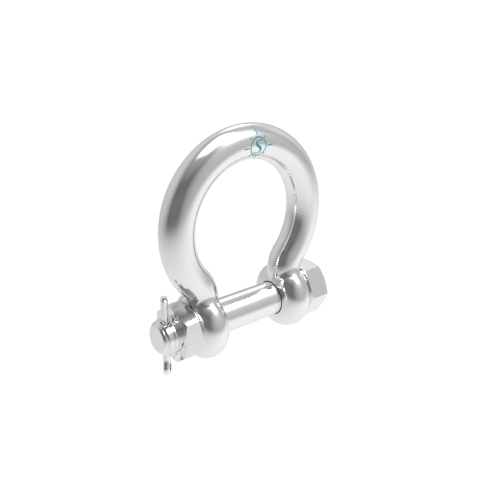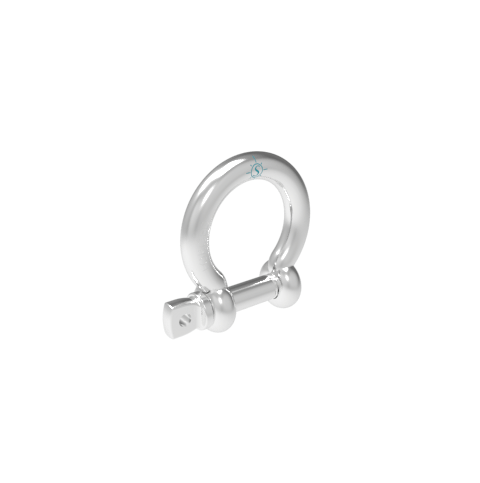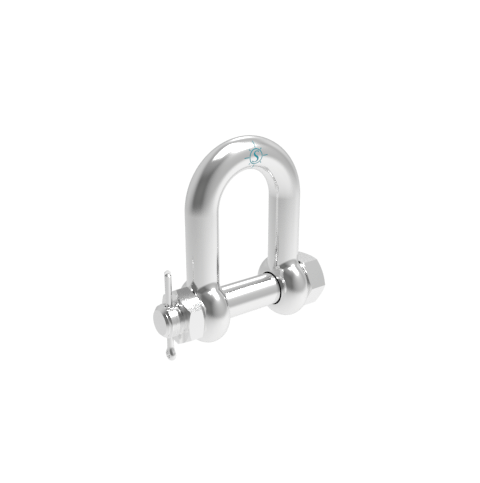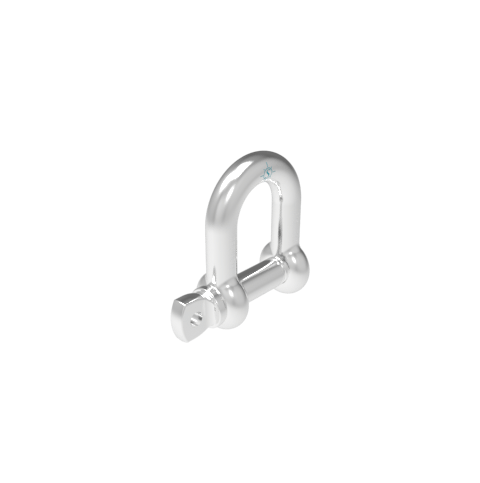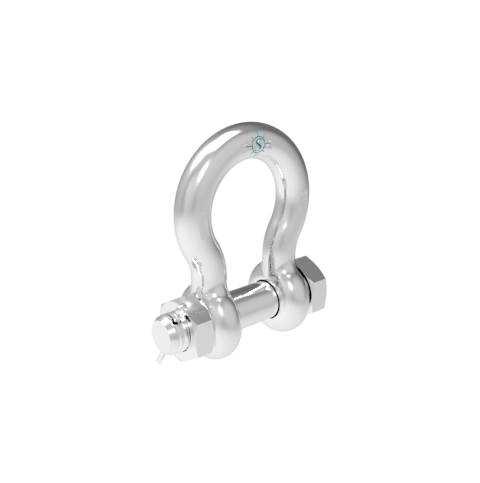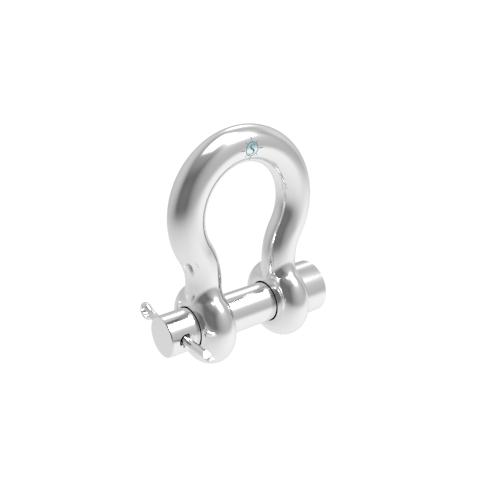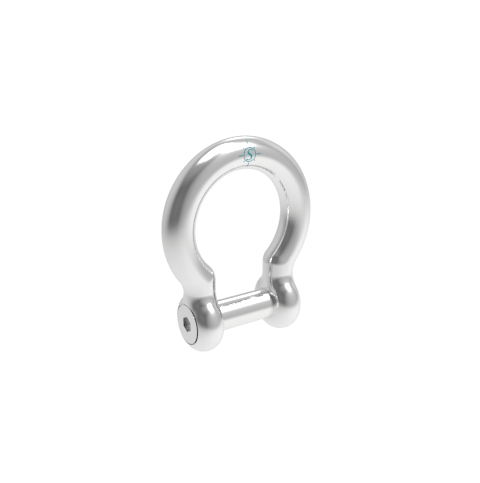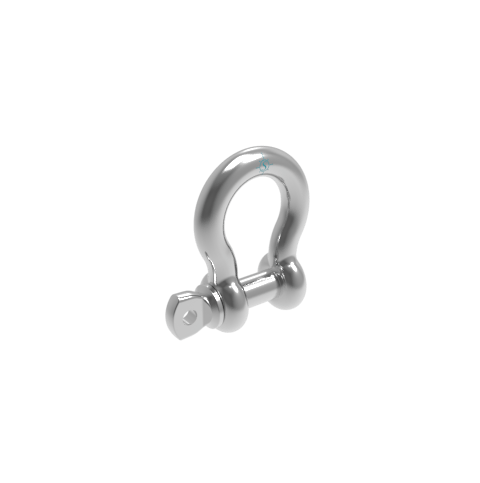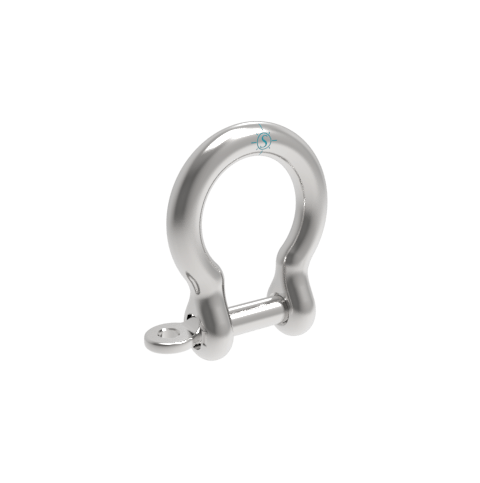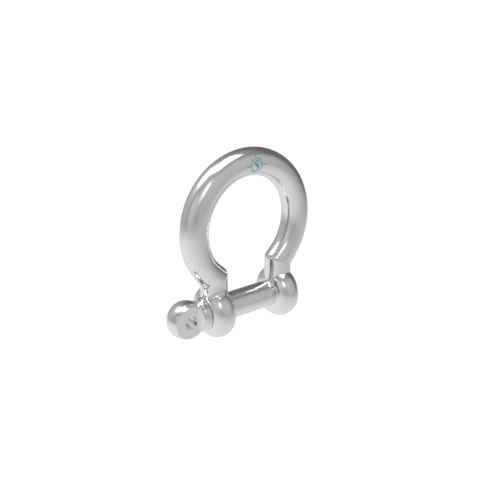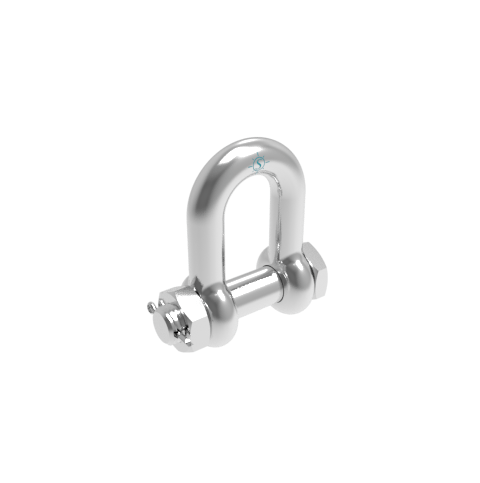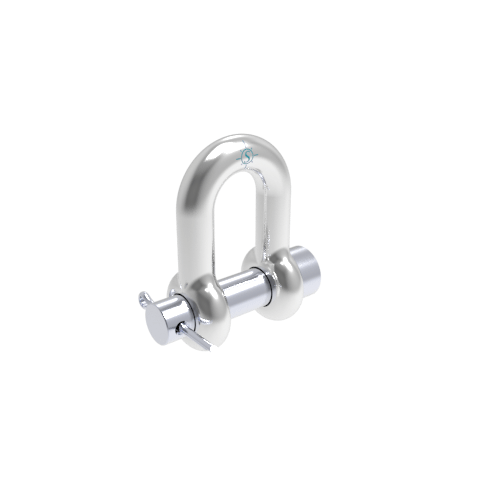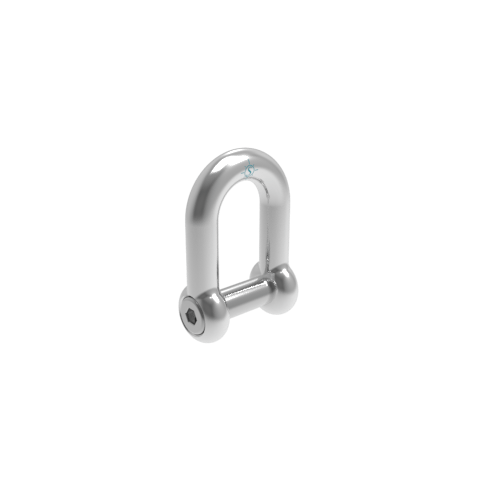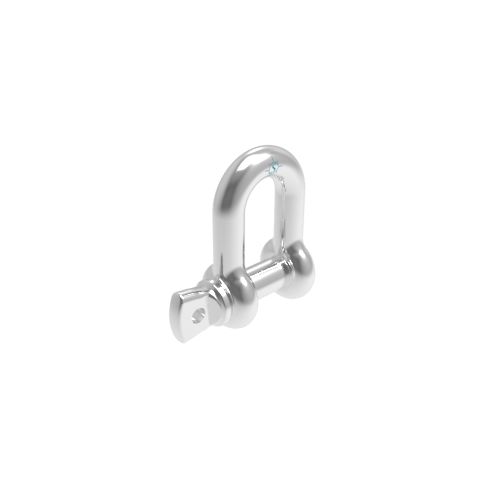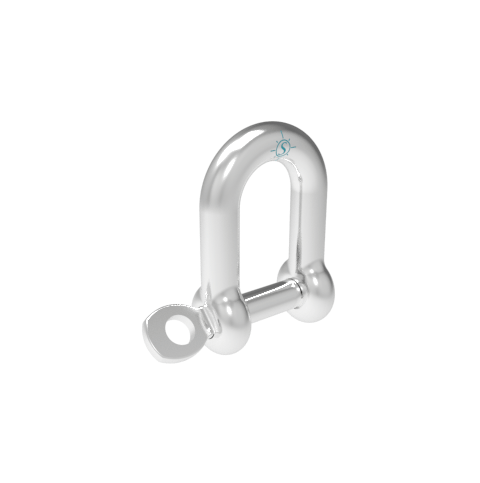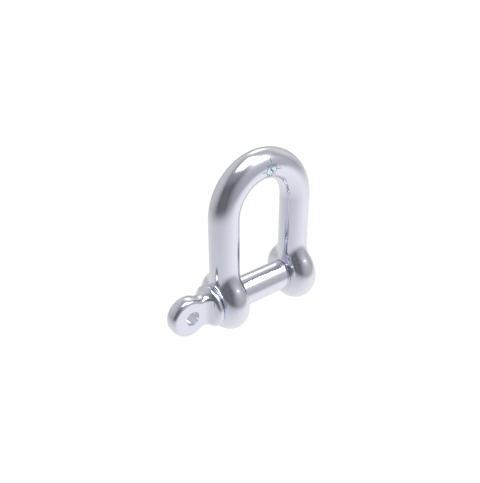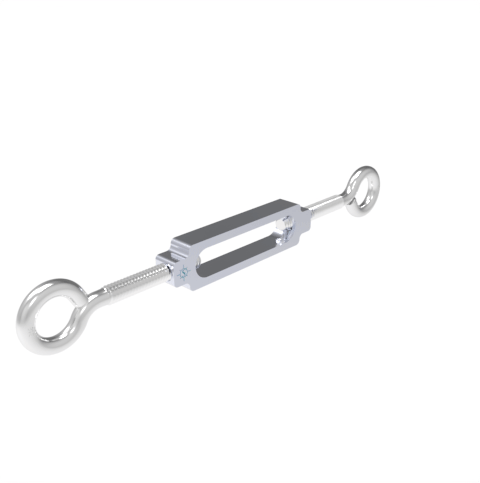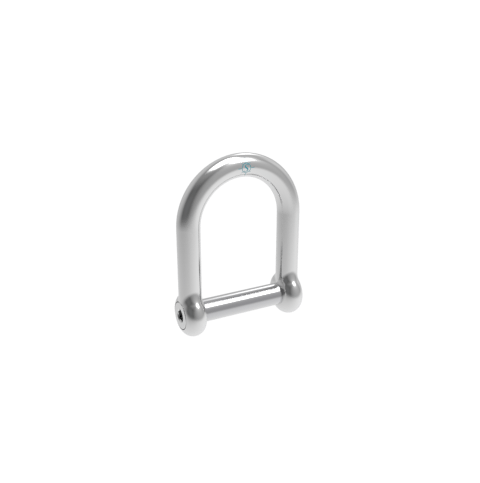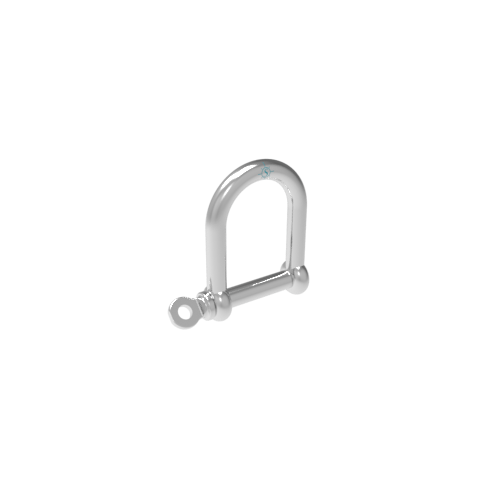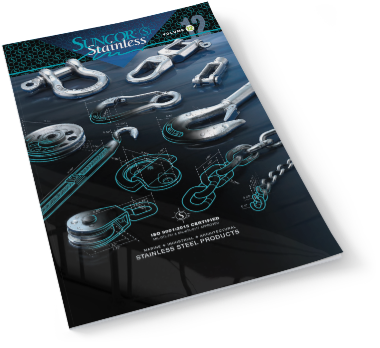Corrosion on stainless steel is not readily or visibly apparent, as it is with carbon steel.
It is sometimes assumed that stainless steel will not corrode. It is true that some types of stainless steel are resistant to corrosion, however, when stainless steel is exposed to certain conditions it will corrode.
Stress Corrosion: The three basic reasons for stress corrosion and/or cracking are mechanical, metallurgical and environmental. Mechanical cracking can occur from lifting loads or vibrations while the part is in service. High stresses applied to the metal (in this case stainless steel) parts in a corrosive environment can cause the cracking to be accelerated. Metallurgical cracking can be from problems with the grain structure of the material itself with improper heat treating, or problems with how the material was cast, forged, drawn, or otherwise fabricated.
Environmental reasons can be aggressive corrosive situations like salt water, extreme heat, and extreme cold.
Intergrannular corrosion can be caused by metallurgical problems in the grain structure, by improper forging procedures, heat treating, or exposure to chemical compounds such as ammonia in the environment. Once cracking occurs the corrosion can spread throughout the material, possibly undetected to the eye until the failure occurs.
Prevention from vibration, loading and unloading stresses can help reduce this type of problem. Wherever possible, seams should be avoided, and if not, then coatings or plating can help. Detection of susceptibility to intergranullar corrosion by testing to ASTM A262 can also help prevent stress corrosion from occurring.
Galvanic Corrosion: A simple explanation for galvanic corrosion is an electrochemical process that causes a deterioration of metals by a very slow steady action. Part or all of the metal becomes transformed from the metallic state into ionic state, then turned into chemical compounds in the electrolyte (water). The scientific explanation is when two dissimilar conducting materials in electrical contact with each other are exposed to an electrolyte (water, etc), a current, called the galvanic current, flows from one to the other. Natural electrolytes are salt water and fresh water. Salt water is more conductive because of the salt content, so galvanic corrosion happens faster. In fresh water the reaction is slower and is not wide spread across the metal affected. One material will be anodic and the other cathodic. Different grades of stainless steel materials will have different galvanic properties. The more cathodic material will corrode less, the more anodic will corrode faster. Thus if an aluminum part and a stainless steel part are in the same environment the aluminum part will corrode much faster than the stainless steel part. Generally, stainless steel fairs better in a galvanic corrosion situation.
